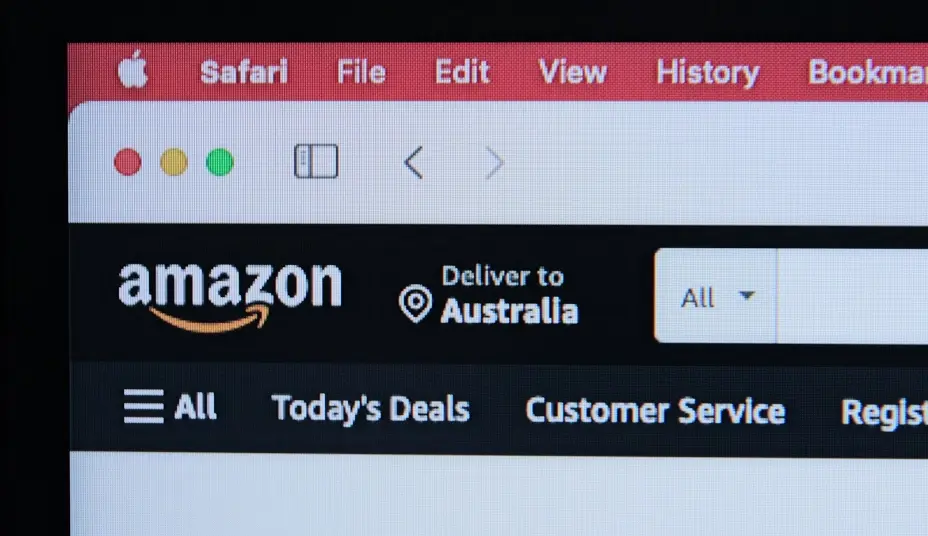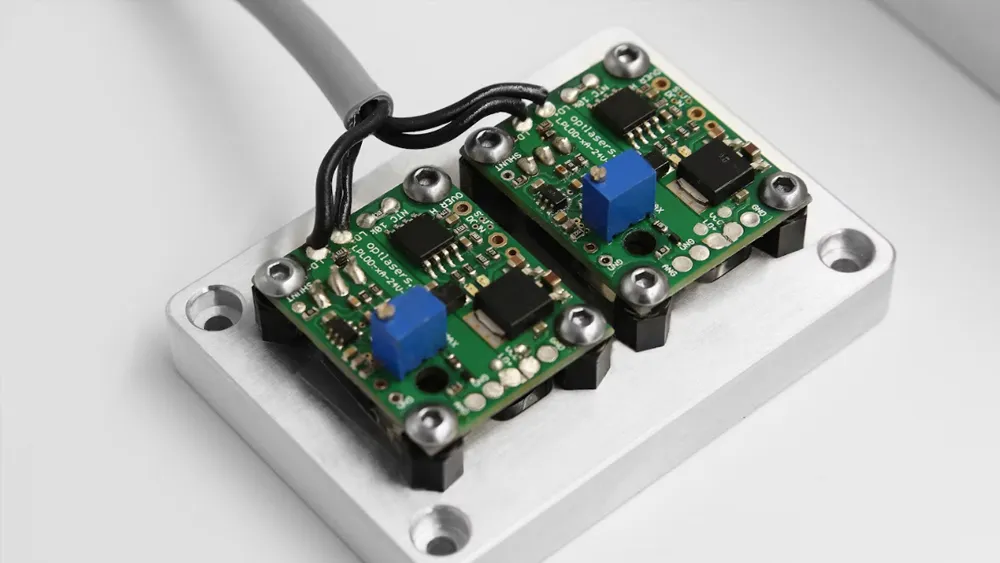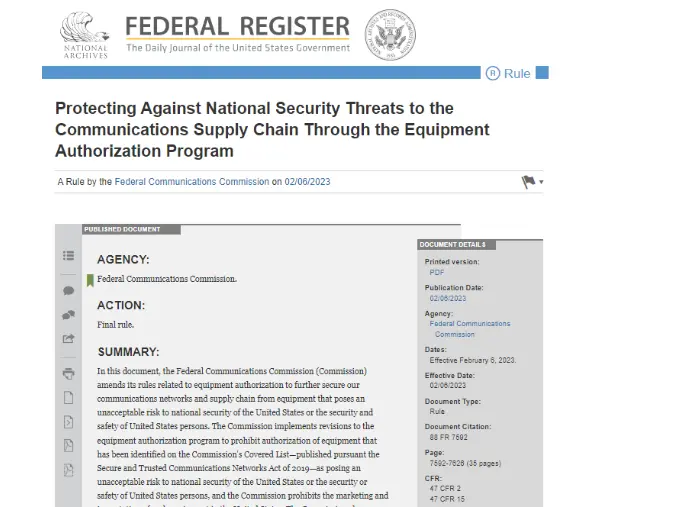
Children's Products Canada CCPSA Certification
In 2025, the Canadian e-commerce market is expected to REACH USD 72.15 billion, and it will continue to grow at a compound annual growth rate (CAGR) of 8.84%, reaching USD 101.27 billion by 2029. The Canadian e-commerce market remains a blue ocean with great potential.

Currently, children's products listed on TEMU, Amazon, and other Canadian e-commerce platformsrequire CCPSA certification.
The Canada Consumer Product Safety Act (CCPSA)certification is a mandatory safety certificationestablished under the Canada Consumer Product Safety Act.
It ensures that consumer products sold in the Canadian market meet safety standards and protect consumers—especially children—from health and safety risks.
Main Categories CoveRED
- Children’s Products: Toys, strollers, baby products, children’s accessories, school supplies, etc.
- Home & Daily Use Products: Furniture, candles, sleepwear, ceraMICs, water bottles, etc.
- Consumer Electronics: Electronic toys, battery-powered or wireless decorative lights, etc.
- Jewelry & Sports Goods
CCPSA Testing Items
The CCPSA certification is somewhat similar to the U.S. CPC Certification.
The main testing areas include physical and mechanical performance tests, chemical composition analysis, electrical safety tests, flammability tests, and label/manual review.
It primarily includes four main requirements:
1. Toy RegULations (sor/2011-17)
Defines toys as products designed for children under 14 years of age for play or learning.
It specifies requirements regarding:
- Physical and mechanical properties
- Flammability
- Chemical safety
- Labeling and instructions
2. Consumer Products Containing Lead Regulations (SOR/2018-83)
Specifies that children's toys or items that may contact a user’s lips during normal use must contain no more than 90 mg/kg of total lead.
Exceptions apply if:
a) Lead is essential to the function of the component;
b) No suitable non-lead alternative component exists;
c) When tested under good laboratory practices, lead release does not exceed 90 mg/kg.
3. Phthalates Regulations (SOR/2016-188)
Sets limits on the presence of phthalates:
- For small toys or childcare articles: DEHP, DBP, BBP ≤ 1000 mg/kg
- For toys or childcare articles intended for children under 4 years that can be placed in the mouth: DINP, DIDP, DNOP ≤ 1000 mg/kg
4. Surface Coating Materials Regulations (SOR/2016-193)
Specifies that surface coatings on children’s toys must contain:
- Total lead ≤ 90 mg/kg
- Total mercury ≤ 10 mg/kg
5. Children's Jewelry Regulations (SOR/2018-82)
Applies to jewelry manufactured, sized, decorated, packaged, advertised, or sold for children under 15 years old, excluding medals, awards, or occasional-use items.
Requirements:
- Lead content ≤ 90 mg/kg
- For jewelry parts that can fully fit into a small parts cylinder under a force ≤ 4.5 N, cadmium content ≤ 130 mg/kg
CCPSA Certification Process
1. Confirm Product Category and Applicable CCPSA Regulations
Discuss with the testing laboratory to determine which rules apply.
2. Submit Application
Provide an application form, user manual, and material list.
3. Send Samples
Send 2–3 sets of product samplesto a CCPSA-accredited laboratory in Canada.
4. Testing
The lab conducts tests for mechanical/physical, chemical, flammability, and EMC/wirelessaspects.
5. Certification Issuance
Upon passing all tests, the lab issues a CCPSA certificate, test report, and declaration of conformity.
6. Labeling
The seller must create and affix CCPSA-compliant labelson both the product and its packaging.
Exporting or listing children's products on Canadian e-commerce platforms requires CCPSA certification compliance.
Manufacturers and sellers must stay updated with regulatory changesto ensure ongoing compliance and safe product distribution in the Canadian market.
Email:hello@jjrlab.com
Write your message here and send it to us
 What are ASTM F963 and CPSIA?
What are ASTM F963 and CPSIA?
 Comparison of ASTM F963 and EN 71
Comparison of ASTM F963 and EN 71
 How to get CSA C22.2 NO.256:14 Test Report?
How to get CSA C22.2 NO.256:14 Test Report?
 How much is the ISTA Amazon Packaging & Shippi
How much is the ISTA Amazon Packaging & Shippi
 Amazon Product Laboratory Testing Requirements
Amazon Product Laboratory Testing Requirements
 How to Get EPA Certificatio
How to Get EPA Certificatio
 What is EPA Certification in the United States?
What is EPA Certification in the United States?
 What is an FCC Registered Agent?
What is an FCC Registered Agent?
Leave us a message
24-hour online customer service at any time to respond, so that you worry!




